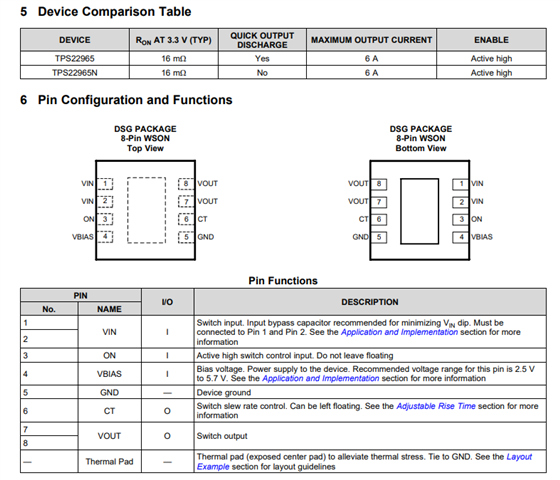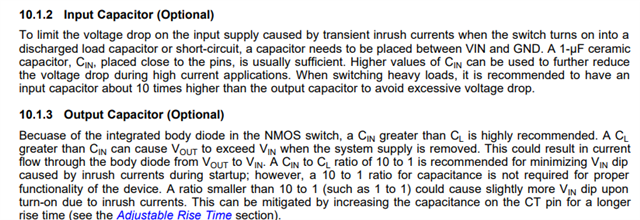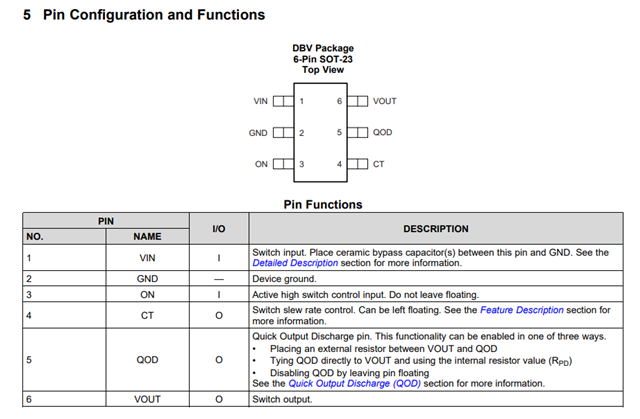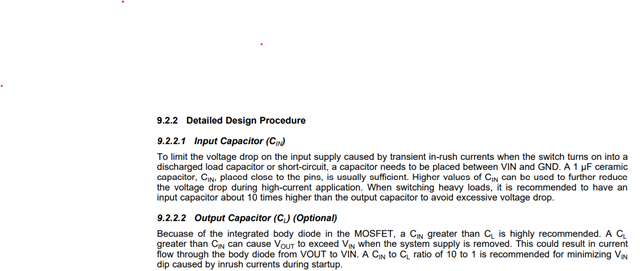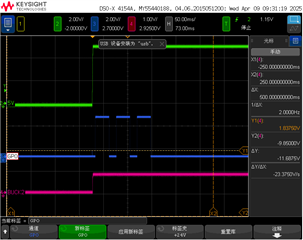Other Parts Discussed in Thread: TPS65214, TPS22918
Tool/software:
Hi TI Experts,
I am designing custom board using AM62L.
Can you provide your inputs on the supported power architecture when custom board design is configured for RTC mode or RTC + IO DDR mode or without low-power mode


